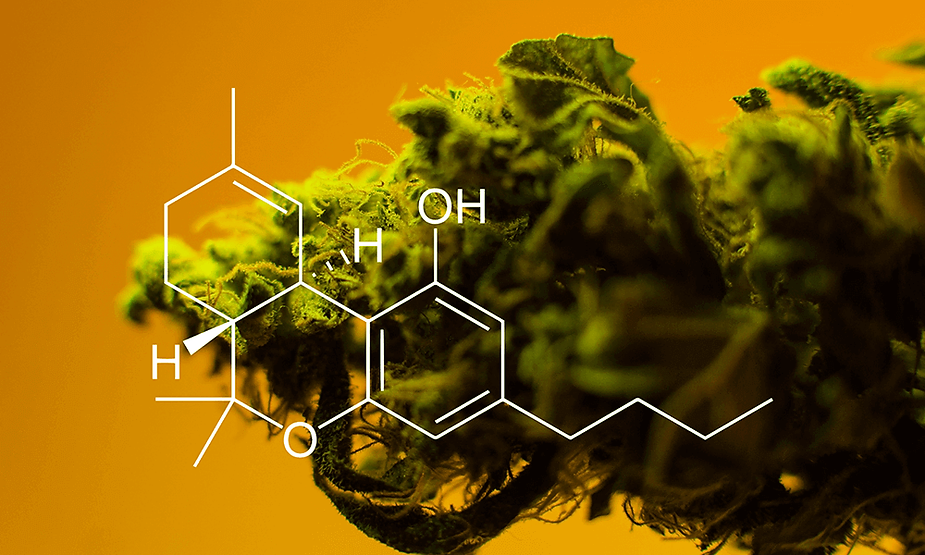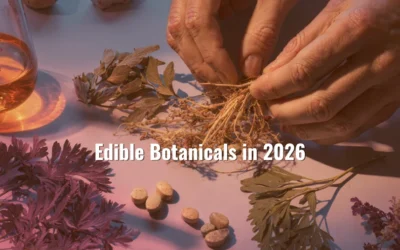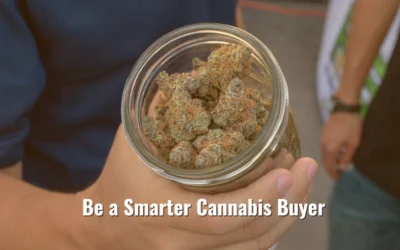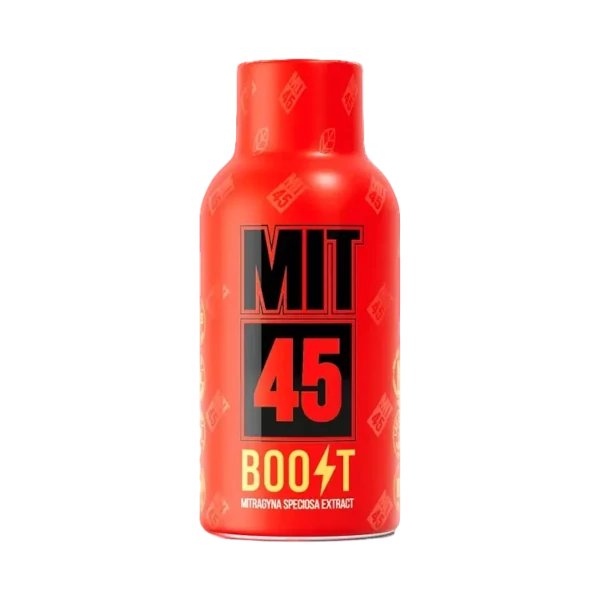
When people see the iconic jagged fanned leaves, many think they would get high just by looking at them. This results from massive disinformation coupled with what’s left of the war on drugs hysteria of the 90s.
Unbeknownst to many, the raw plant does not contain any THC, the molecule that made it so famous. Instead, the plant produces a compound called THCA, or tetrahydrocannabinol acid, which is completely inert in terms of psychoactive properties.
This acidic compound differs from regular tetrahydrocannabinol at a molecular level. See, in order to grant its effects, cannabinoid molecules need at least a 3-carbon sidechain or propyl chain that can form a strong bond with our endocannabinoid receptors. The longer the carbon sidechain, the more potent your THC will be. Contrastingly, the THCA molecule comes with an extra carboxyl ring that acts as a seal that prevents it from interacting with our endocannabinoid receptors. This natural lock prevents the molecule from binding with our receptors. It means it is technically impossible to get intoxicated by just rubbing or sniffing the THCA-rich leaves or buds.
However, converting THCA to THC, the magic molecule, is done through a simple process called decarboxylation. The resulting molecules do not possess the carboxyl ring, so they can effortlessly bind with our cannabinoid receptors and cause the well-known psychoactive effects.
Let’s see how decarboxylation takes place and the best way to get the most out of your leaves and buds.
Transitioning THCA to THC is fairly easy to do. That pesky carboxyl seal can be easily removed by applying heat. This process occurs at temperatures between 200°F and 245°F. Exposing the leaves and buds to fire instantly transforms all of the stored THCA into THC, making it immediately available for absorption. That’s the reason the easiest way of consuming cannabinoids is by inhaling their vapors. However, it is not the most efficient process as we cannot control the temperature and exposure to fire. Going over the recommended temperature burns off a lot of terpenes and cannabinoids, rendering the decarboxylation process less efficient, thus reducing potency.
The easiest way to decarb is to let entropy do its job. THCA molecules lose their carboxyl rings with time, so just letting your flowers naturally decarb is an option. However, it takes a long time, a year or so, and it does not produce even results as there is no way of knowing how much THCA-to-THC will happen.
Getting the right balance between decarbed THC and active terpenes is a process that manufacturers of hemp-derived products have perfected over the last decades. Let´s learn a bit more about the process.
Heat As Decarbing agent
Decarboxylation can occur when applying heat,especially in situations where there is control over time and temperature. Uniform and slow heating allows for the activation of most of the THCA without destroying the other terpenes and cannabinoids that enhance the overall experience.
To transform THCA to THC, flowers must be subjected to at least 240°F for approximately 40 minutes. This ensures the full activation of all that potential flower power. However, other cannabinoids inside the plant take longer to decarb but can potentially enhance the experience and effects. This complicates the decarboxylation process making it important for producers to find a balance between temperatures and times depending on the desired effects and quality. For example, CBDA, another inactive acid found naturally in hemp, takes 90 minutes to transform into CBD, a non-intoxicating cannabinoid that provides a host of proven benefits.
Again, manufacturers and producers must understand this as it will ultimately impact the effects and benefits of the plant.
On the other hand, extreme temperatures will destroy terpenes and other important plant materials that affect the entourage effect. Many of these terpenes have therapeutic benefits, while others impact flavor, taste, or even our ability to absorb THC and CBD.
Once flowers are decarbed, the resulting compounds can be used in a variety of ways. In fact, decarboxylation is an essential industrial process when crafting edibles and topicals. Decarbing is the only way to make sure we enjoy the full benefits of cannabinoid compounds if done in a controlled and safe environment.
Is Decarbed THC Better?
There are instances when manufacturers won´t want to turn raw THCA into THC. While most researchers attribute benefits to THC and CBD, there is a growing body of data supporting the use of their inert acidic varieties.
For example, we now know that THCA offers UV protection to cannabis leaves in the wild, and there is a connection between these compounds and the life cycle of plant cells. This opens up avenues of research in the beauty and skincare industry.
But more to the point, a number of studies suggest that THCA offers a host of potential therapeutic benefits. For example, non-decarboxylated THCA residues might be responsible for the observed anti-nausea effects of cannabinoids.
Among other effects, researchers have observed promising results as an anti-inflammatory when offered as preparation with a high content of THCA. In addition, studies on patients with inflammatory bowel disease syndrome and ulcerative colitis revealed that the compound provides evidence of anti-inflammatory activity.
There is a wealth of data that supports the neuroprotective properties of cannabinoids. However, the science is now trying to determine whether these effects are confined to psychoactive compounds. Indeed, if THCA shares these neuroprotective qualities minus the secondary effects of decarbed THC, there are strong reasons to keep that carboxyl ring on.
At D8 Austin, we have many products with a high THCA concentration that are ideal for preparing infusions. Ask our experts, and they will let you know how to enjoy this amazing plant’s benefits.




